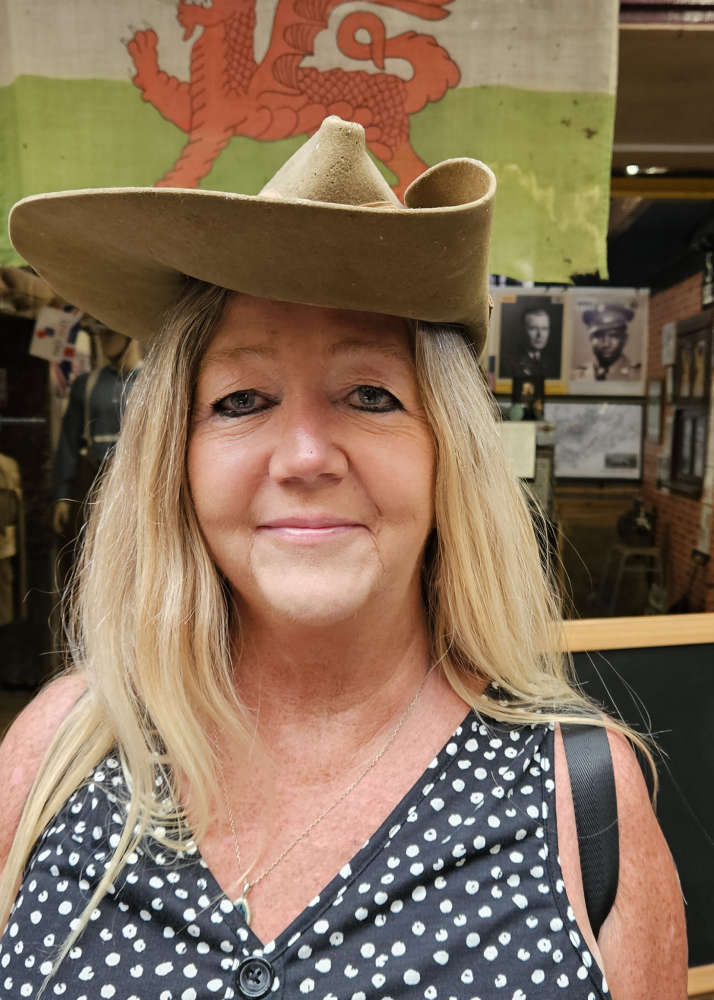
Deborah Boyle shared the story of her grandfather at a special open day.
Inspiring stories of local heroes who served the Far East during World War II were shared at the Barry Museum & Heritage Centre in a special open day commemorating Victory over Japan Day (VJ Day) commemoration on August 15th which marked the end of World War 2.
The story of her grandfather, Private Ernest Lewis was shared by granddaughter Deborah Boyle.
Ernest’s Chindit hat is now a prized family heirloom along with a surviving blood-stained silk map.
Ernest was a former pupil of Holton Road, and the County schools.
Serving in the 1st South Staffordshire Regiment, Ernest in March 1944 flew in by glider 150 miles behind enemy lines to cut all road, rail and river communications of the Japanese army. Many did not survive the flight. He had to carry around 55ilb and leading mules through treacherous jungle during Monsoon.
Shot by a Japanese sniper and carried to safety by a Gurkha, Ernest awoke to find leeches on his wounds to suck out any infections.
“My grampy was the kindest man I’ve ever known”. said Deborah Boyle. “Despite the horrors he saw and went through, I’m immensely proud of him. He sadly passed in 2007, aged 87, and is still greatly missed. He was part of the ‘forgotten army’. I will never forget him.”
There are 449 Barry and Vale service personnel buried or commemorated in the Far East campaign.
Fighting in the Asia-Pacific took place from Hawaii to North-East India. The British and the Commonwealth’s principal fighting force, the Fourteenth Army, in the Burma campaign featured the largest army group of nearly 1.3 million men and women ever assembled by the British Commonwealth and its Allies. It was one of the most diverse in history - over 40 languages were spoken, and all the world’s major religions represented. Today, descendants of many of the Commonwealth veterans are part of Britain’s multicultural communities.
They faced the danger of tropical diseases, as well as Japanese forces. Over 140,000 prisoners of war and civilian internees were treated with at best indifference and, at worst, considerable brutality. Forced into hard labour, including building the infamous ‘Burma Railway’, where 12,493 died, one third of the entire force sent, while the Far East prison camps witnessed a death rate of over 20%, seven times that experienced in German camps.
“The Museum celebrates the stories of ‘ordinary’ local people thrust into extraordinary times. We remember the contribution of all Commonwealth and Allied Forces, without whom victory and the freedoms and way of life we enjoy today would not have been possible.” said John Buxton, Chairperson of the Barry War Museum & Heritage Centre CIC.
The Barry War Museum & Heritage Centre at its Barry Island Station home educates visitors about Barry’s wartime story and fight against fascism, featuring an original World War 2 Anderson shelter, a 1940s kitchen, and a World War 1 trench. The Museum is brought further alive with volunteer reenactors telling the story of the Home Front as well as of the armed services. Find out more at www.barrywarmuseum.co.uk




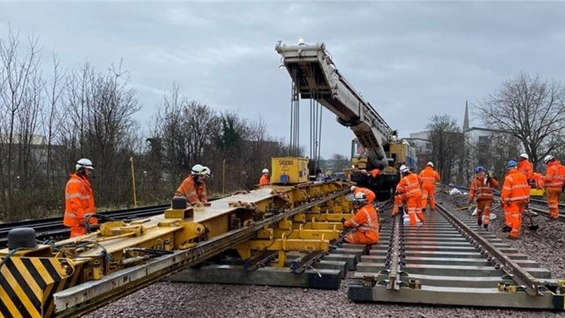 Vale line closes for engineering works
Vale line closes for engineering works
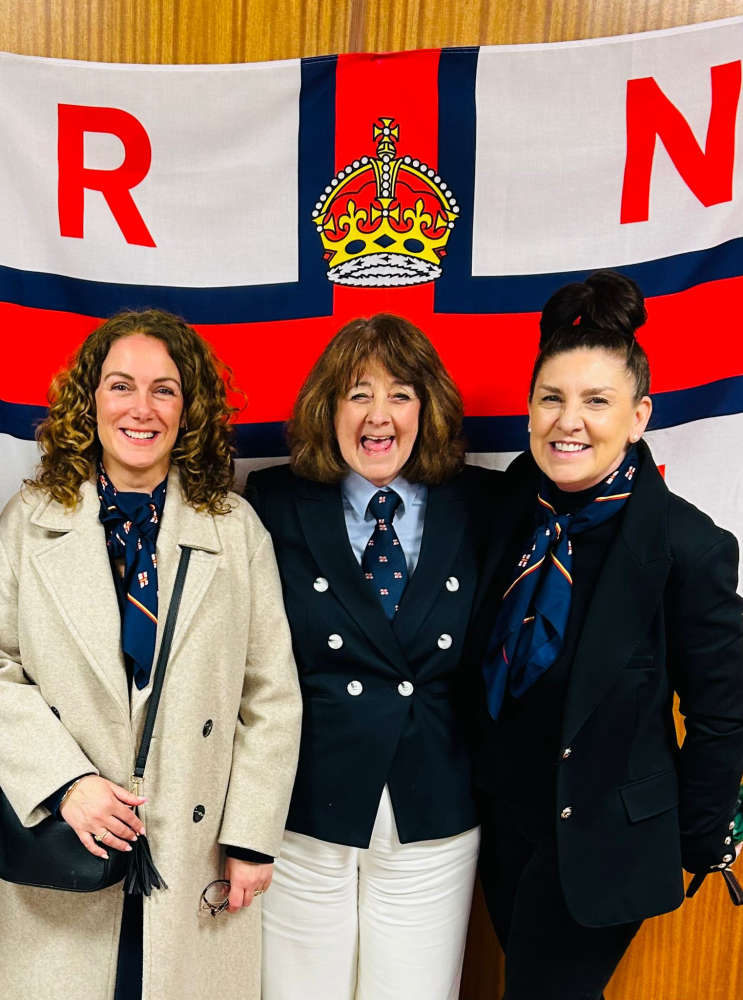 Freedom of the Vale for RNLI volunteers
Freedom of the Vale for RNLI volunteers
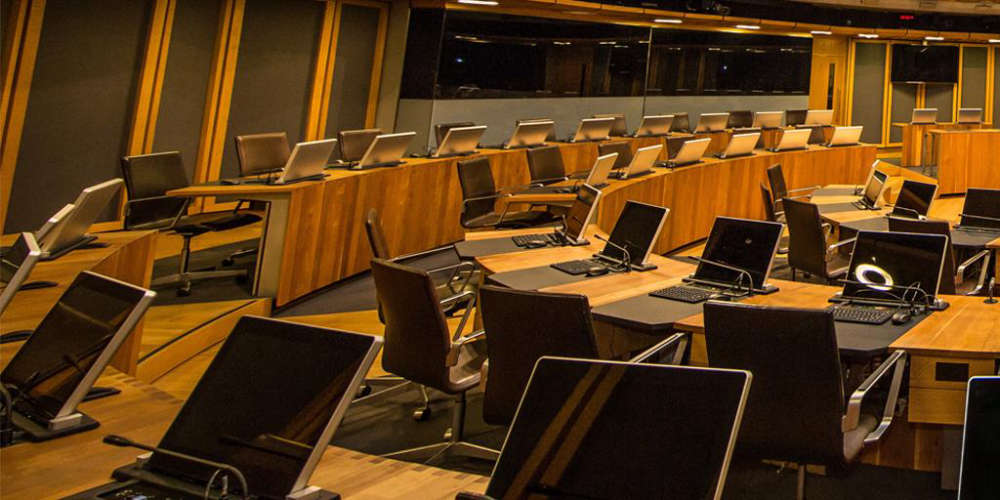 Senedd moving out of Siambr
Senedd moving out of Siambr
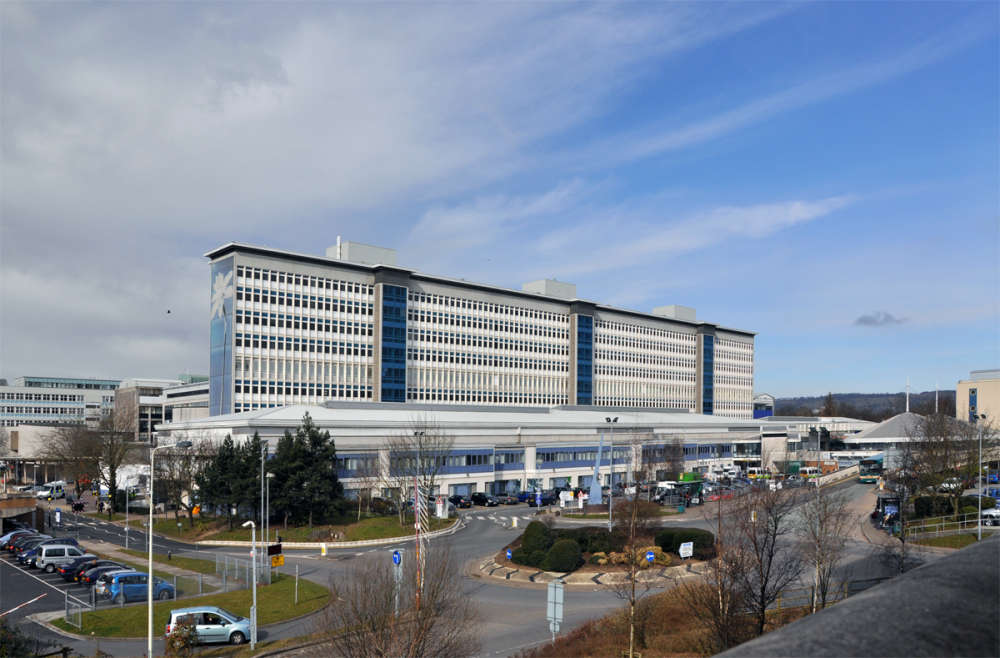 Norovirus: hospital pressure 'exceptional'
Norovirus: hospital pressure 'exceptional'
 Morgan grilled over £4.8bn benefit cuts
Morgan grilled over £4.8bn benefit cuts
 Barry Bike Club to return
Barry Bike Club to return
 St David bravery award for Penarth lifesaver
St David bravery award for Penarth lifesaver
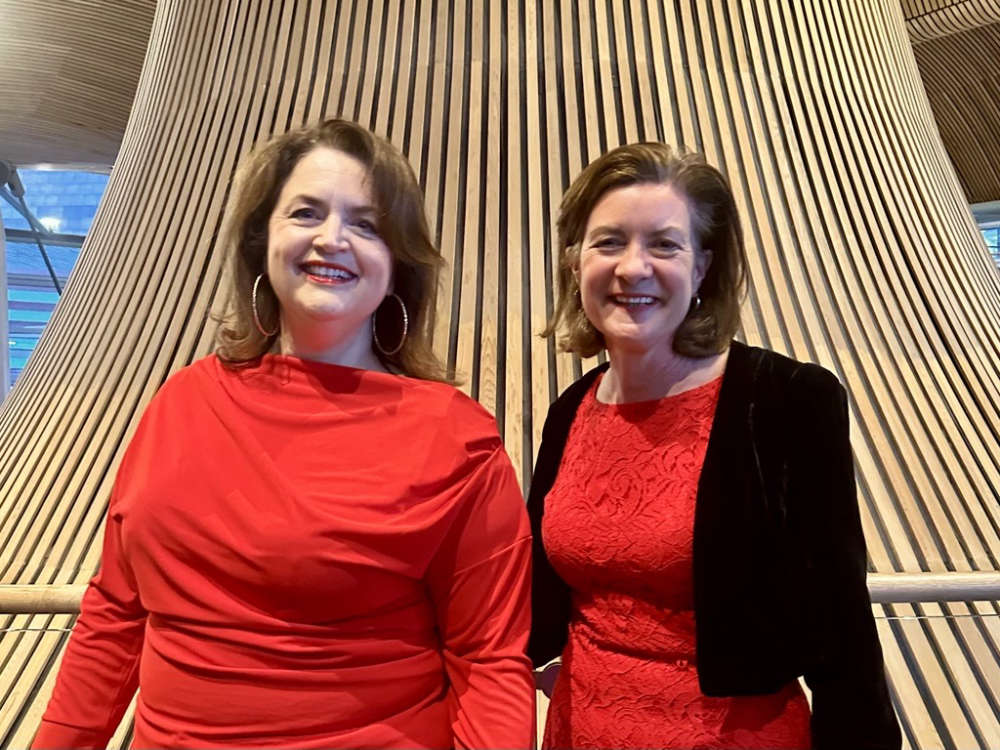 Ruth Jones honoured with St David Award
Ruth Jones honoured with St David Award
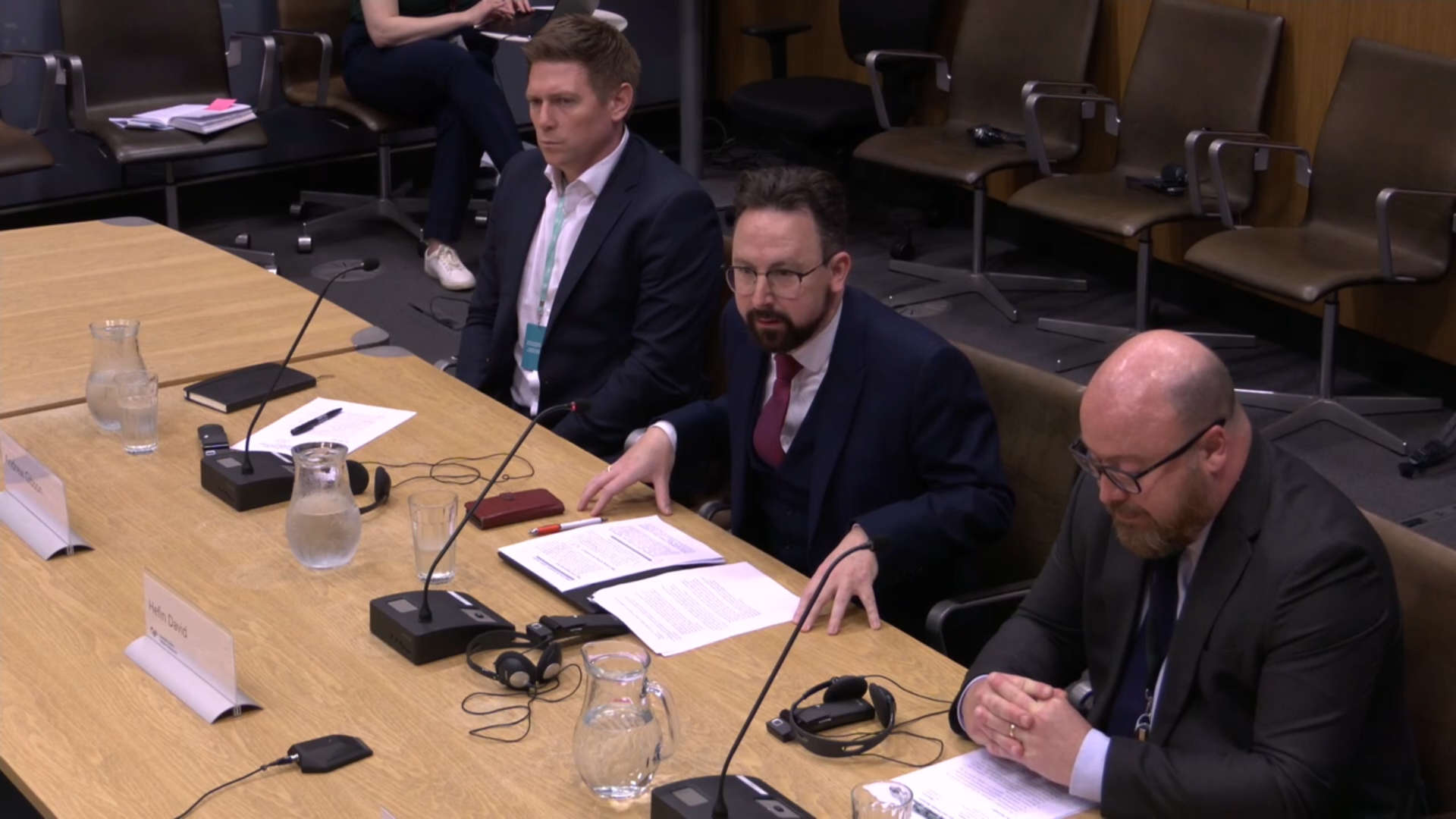 Plans for ‘crumbling’ Senedd offices face scrutiny
Plans for ‘crumbling’ Senedd offices face scrutiny
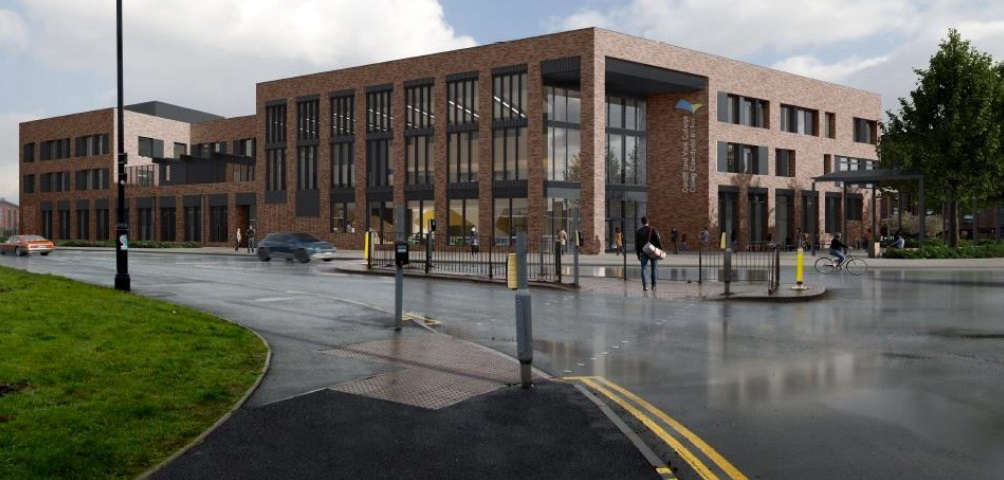 Work to start on new Vale campuses
Work to start on new Vale campuses
 Barry Company launches world's first edible soap
Barry Company launches world's first edible soap
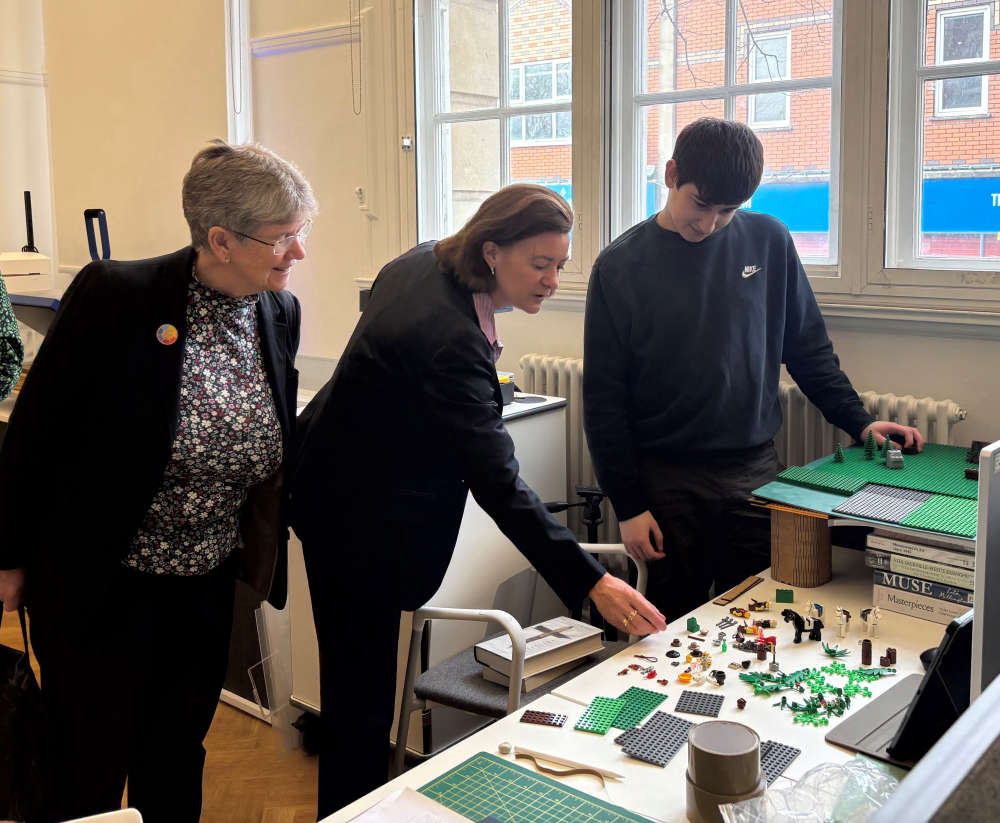 First Minister visits Barry Makerspace
First Minister visits Barry Makerspace
 Council's housing waiting list grows again
Council's housing waiting list grows again
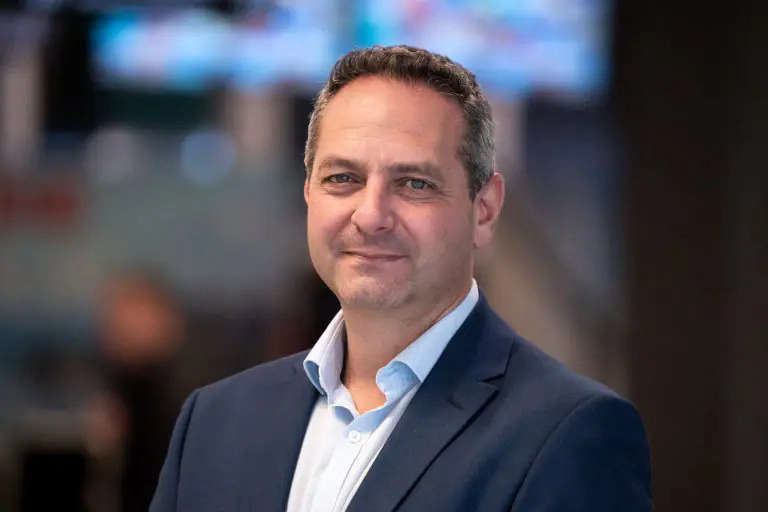 Cardiff Airport's chief exeuctive quits
Cardiff Airport's chief exeuctive quits
 Norovirus: hospital visitor ban extended
Norovirus: hospital visitor ban extended
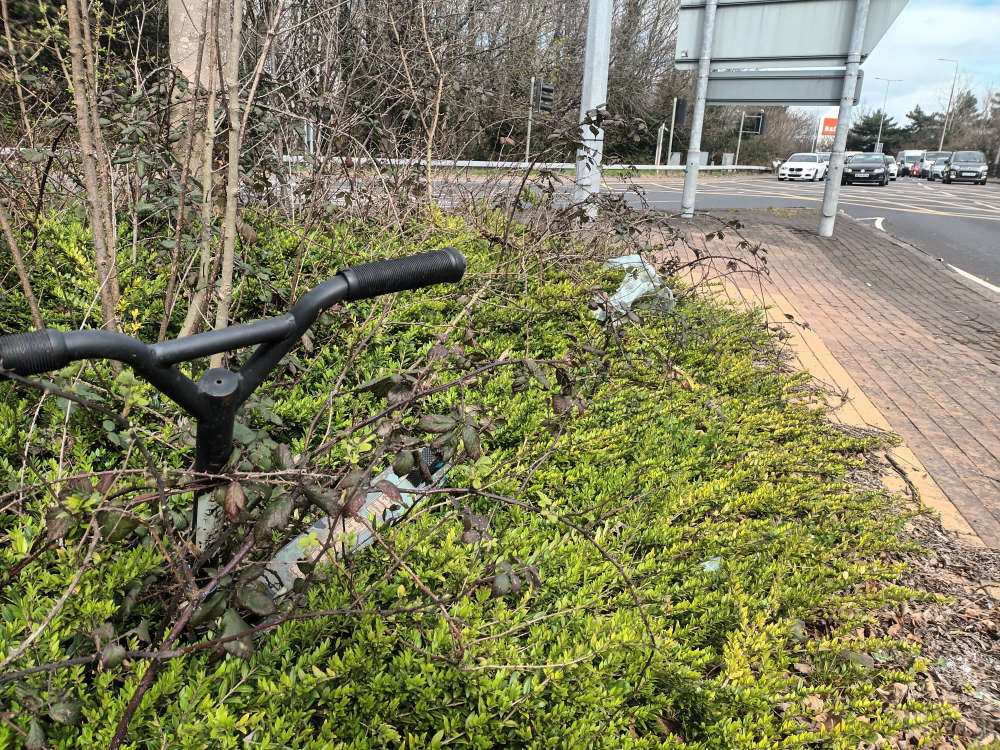 Littering on the increase, charity warns
Littering on the increase, charity warns
 Hot Chicks – 'powerfully performed yet disappointingly stereotypical'
Hot Chicks – 'powerfully performed yet disappointingly stereotypical'
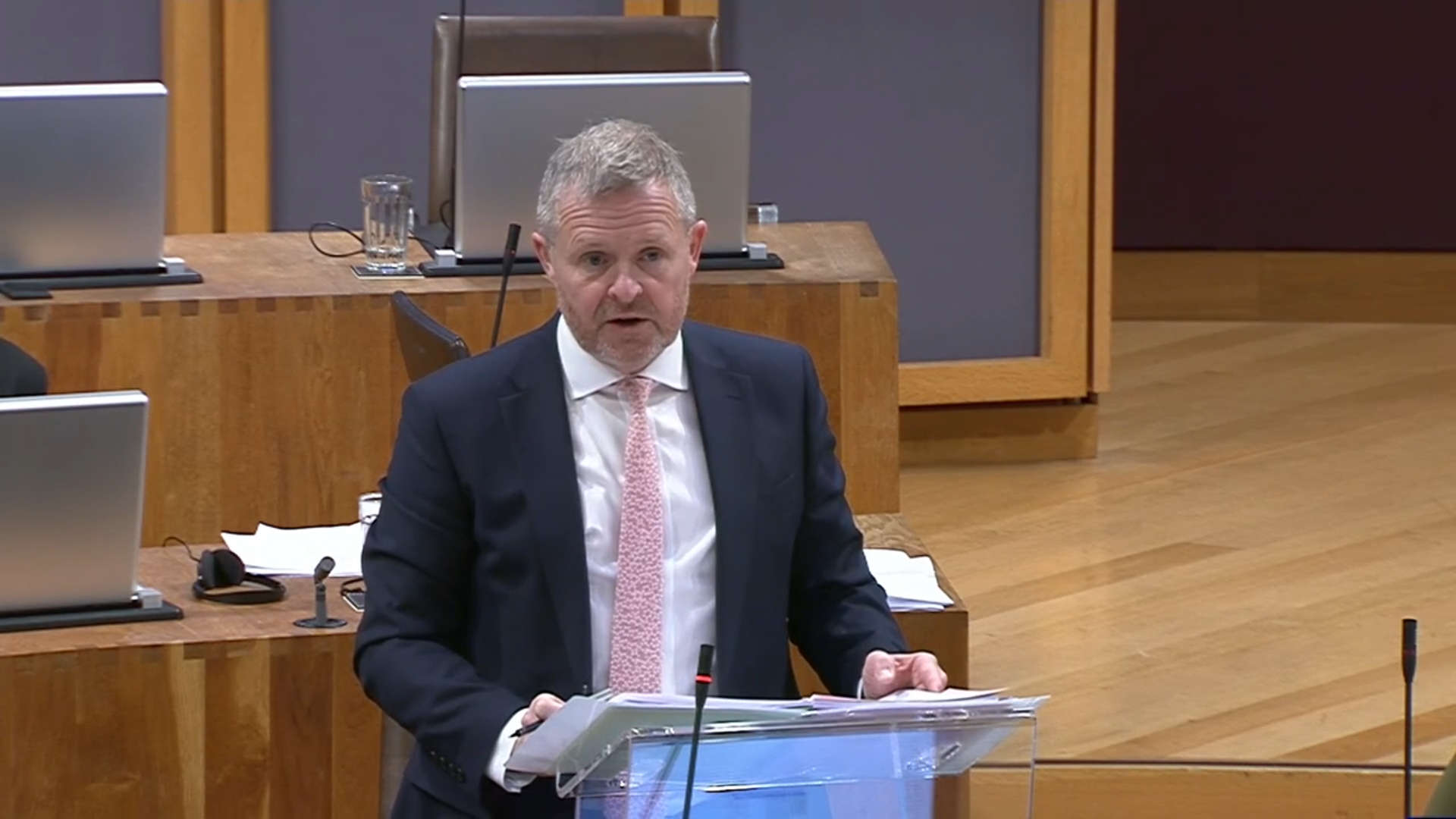 Unhealthy meal deal ban passes by one vote
Unhealthy meal deal ban passes by one vote





